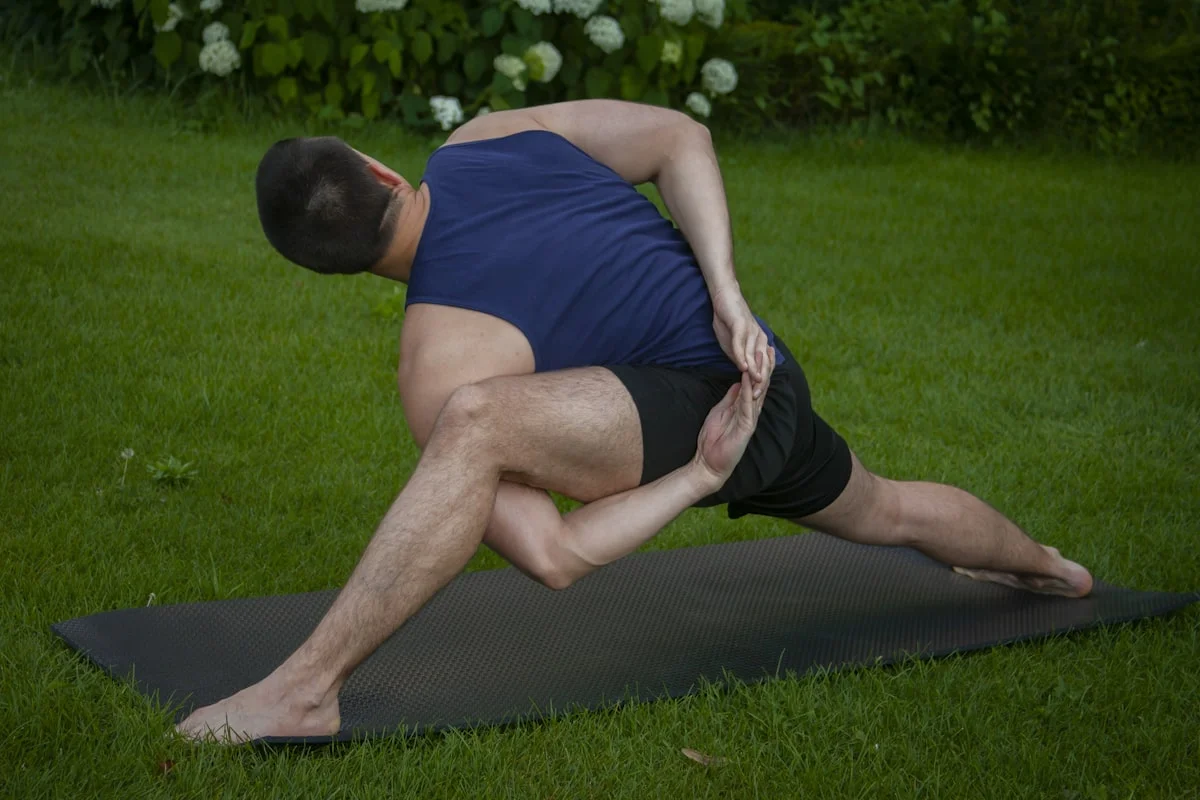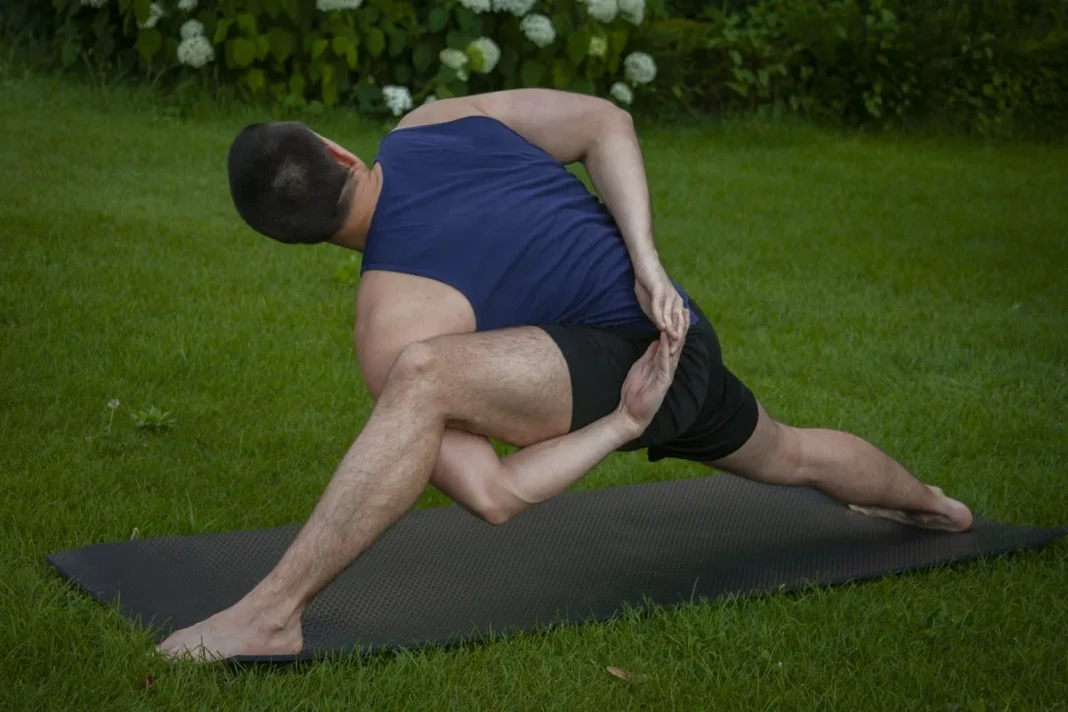Beginner Yoga Stretches for Lower Back Pain Relief in 2025
If you’re experiencing lower back pain and looking for gentle, effective relief, incorporating beginner yoga stretches into your daily routine can be transformative. These accessible movements are designed to ease tension, improve flexibility, and strengthen the muscles that support your spine. In this guide, we’ll explore the most beneficial beginner yoga stretches specifically curated for alleviating discomfort in the lower back, ensuring you can practice safely and confidently from the comfort of your home.
Lower back pain is one of the most common complaints among adults, often resulting from sedentary lifestyles, poor posture, or muscle strain. While it’s always important to consult with a healthcare provider for persistent pain, many find significant relief through mindful movement. Yoga offers a holistic approach, combining physical postures with breath awareness to promote healing from within. The stretches highlighted here require no prior experience and focus on gradual progress, making them ideal for those new to yoga.
Understanding How Yoga Helps Lower Back Pain
Yoga addresses lower back pain by targeting both the symptoms and underlying causes. Through a series of gentle stretches, it helps release tight muscles—particularly in the hips, hamstrings, and glutes—which often contribute to lumbar discomfort. Additionally, yoga promotes better posture and body awareness, encouraging proper alignment during everyday activities. The mindful breathing techniques integrated into practice can also reduce stress, which is known to exacerbate muscle tension and pain.
Scientific studies continue to support the efficacy of yoga for managing chronic lower back pain. Research indicates that regular practice can lead to improvements in functional mobility and a reduction in pain intensity. For beginners, starting with foundational poses ensures a safe introduction to these benefits, minimizing the risk of injury while building a sustainable practice.
Essential Beginner Yoga Stretches for Lower Back Relief
When beginning your journey with yoga for back pain, it’s crucial to start slowly and listen to your body. Each stretch should feel soothing and should never cause sharp pain. Here, we detail several foundational poses that are highly effective for easing lower back tension.
Child’s Pose (Balasana) is a restorative posture that gently stretches the lower back, hips, and thighs. To practice, kneel on the floor with your big toes touching and knees wide apart. Sit back on your heels and fold forward, resting your forehead on the mat and extending your arms forward or alongside your body. Hold for 5-10 deep breaths, allowing your back to relax completely.
Cat-Cow Stretch (Marjaryasana-Bitilasana) promotes spinal flexibility and mobility. Begin on your hands and knees in a tabletop position, with wrists under shoulders and knees under hips. Inhale as you drop your belly, lift your gaze, and arch your back (Cow Pose). Exhale as you round your spine toward the ceiling, tucking your chin to your chest (Cat Pose). Flow between these two poses for 8-10 rounds, synchronizing movement with breath.
Knee-to-Chest Pose (Apanasana) helps release tension in the lower back and sacrum. Lie on your back with legs extended. Gently draw one knee toward your chest, clasping your hands around your shin or behind the knee. Hold for 5 deep breaths, then switch sides. You can also hug both knees to your chest for a deeper stretch.

These poses are among the best beginner yoga stretches for initiating relief. Remember to move slowly and prioritize comfort over depth. Over time, consistent practice will enhance your flexibility and reduce discomfort.
Breathing Techniques to Enhance Your Practice
Integrating mindful breathing into your stretching routine can significantly amplify the benefits for lower back pain. Deep, diaphragmatic breathing calms the nervous system and encourages muscles to relax, making stretches more effective. As you move into each pose, focus on inhaling deeply through your nose, expanding your belly, and exhaling fully to release any held tension.
Try pairing your breath with movement: for example, inhale to lengthen your spine, and exhale to deepen gently into a stretch. This coordination not only improves oxygenation to your muscles but also fosters a meditative state, reducing the perception of pain. Establishing this habit early in your practice sets a strong foundation for more advanced techniques in the future.
Safety Tips and Best Practices for Beginners
While yoga is generally safe, practicing mindfully is key to preventing injury—especially when dealing with back pain. Always warm up with gentle movements before attempting deeper stretches. Avoid pushing yourself into pain; instead, focus on sensations of mild tension or release. If you have a specific medical condition or recent injury, consult a healthcare professional or a certified yoga instructor before starting.
Use props such as yoga blocks, blankets, or straps to modify poses and make them more accessible. For instance, placing a folded blanket under your knees in Child’s Pose can provide extra cushioning and comfort. Consistency is more important than intensity; aim for short, daily sessions rather than occasional intense practices to build strength and flexibility gradually.
Building a Sustainable Routine for Long-Term Relief
To experience lasting relief from lower back pain, integrate these beginner yoga stretches into a regular routine. Start with just 10-15 minutes per day, gradually increasing duration as your body adapts. Pair your yoga practice with other healthy habits, such as staying hydrated, maintaining good posture while sitting, and taking breaks to move throughout the day.
Tracking your progress can be motivating—note any changes in pain levels, flexibility, or overall well-being. Many beginners find that within a few weeks of consistent practice, they experience not only reduced pain but also improved mood and energy levels. Yoga is a journey of self-care, and every small step counts toward greater comfort and vitality.
Conclusion: Embrace the Journey to a Pain-Free Back
Lower back pain doesn’t have to control your life. With these carefully selected beginner yoga stretches, you can take proactive steps toward relief and recovery. Remember that patience and consistency are your greatest allies. By honoring your body’s limits and celebrating gradual progress, you’ll build a practice that supports your well-being for years to come.
As we look ahead to 2025, the integration of mindful movement like yoga into daily health routines continues to gain recognition for its profound benefits. Whether you’re completely new to yoga or returning to the mat, these stretches offer a accessible path to a stronger, more flexible, and pain-free back. Start today, and breathe your way to better health.


